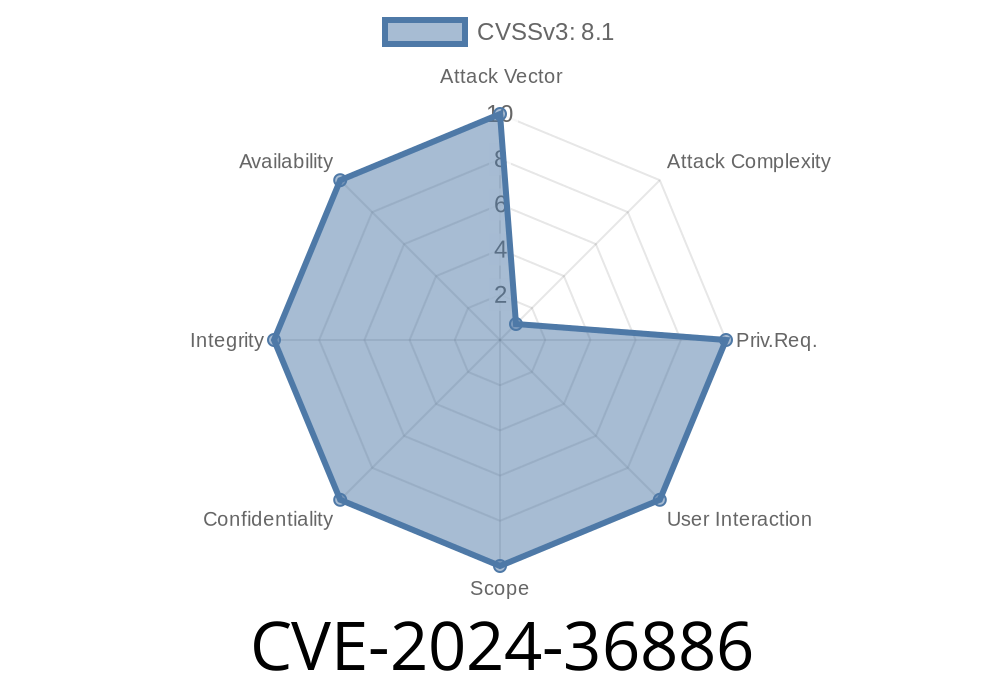A recent vulnerability in the Linux kernel (tipc: Use-After-Free in error path) has now been resolved. This article will provide an in-depth look at the vulnerability, its code snippet, references, and exploit details, to inform users of the issue and help them avoid any future problems related to the vulnerability.
Vulnerability Details
The vulnerability (CVE-2024-36886) was found in the error path of the tipc_buf_append() function within the Linux kernel. This issue could potentially allow an attacker to exploit a Use-After-Free (UAF) vulnerability to escalate privileges or launch other attacks.
Sam Page (sam4k) discovered and reported the vulnerability to the Trend Micro Zero Day Initiative. The issue was initially detected by Kernel Address Sanitizer (KASAN), a memory error detector for the Linux kernel. KASAN reported the slab-use-after-free vulnerability, causing a read of size 8 at addr ffff88804d2a7c80 by task poc/8034.
Below is the code snippet for the vulnerability
tipc_buf_append+x425/xb50 linux/net/tipc/msg.c:186
Following this initial detection, more traces and deeper level stack traces can be observed in the original report, which has been truncated for the purpose of this article.
Resolution
A patch has been released by Linux developers to fix the UAF vulnerability by modifying the error path in the tipc_buf_append() function. Users should update their Linux kernel to the latest patch to protect their systems from possible exploits related to this vulnerability.
References
- Original vulnerability report: Link to the Tipc_buf_append() vulnerability report
- Linux kernel source code repository: Linux kernel source code on GitHub
Exploit Details
As mentioned previously, exploiting this vulnerability could allow an attacker to escalate their privileges or launch other attacks on a system. To protect your system, ensure that you update to the latest Linux kernel patch to prevent potential exploitation.
Updating your Linux kernel can typically be done through your distribution’s package manager. Consult your distribution’s documentation on the best way to update your system.
In conclusion, the discovery of this vulnerability emphasizes the importance of keeping your software up to date. With this fix, users now have a crucial piece of information to help them protect their systems and infrastructure from the potential dangers associated with this vulnerability. Stay on top of security updates and follow best practices to ensure the safety and security of your systems.
Timeline
Published on: 05/30/2024 16:15:12 UTC
Last modified on: 07/03/2024 02:03:41 UTC
